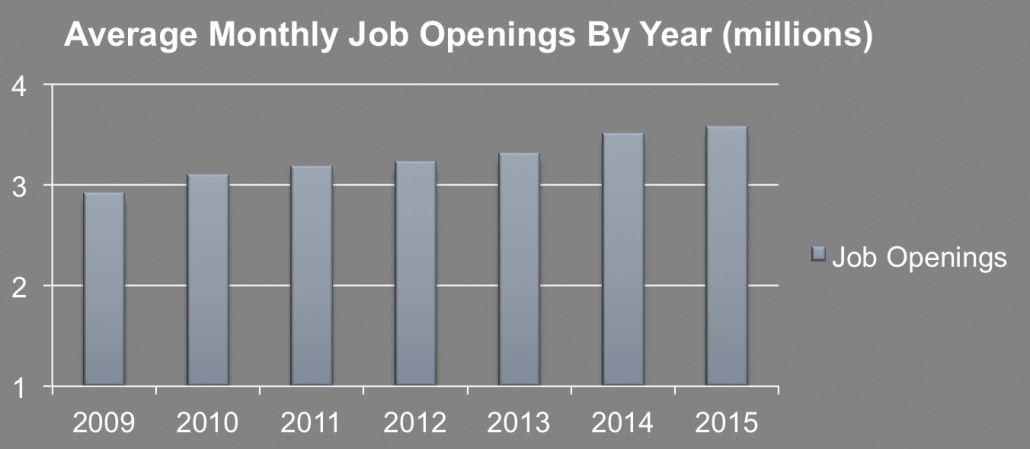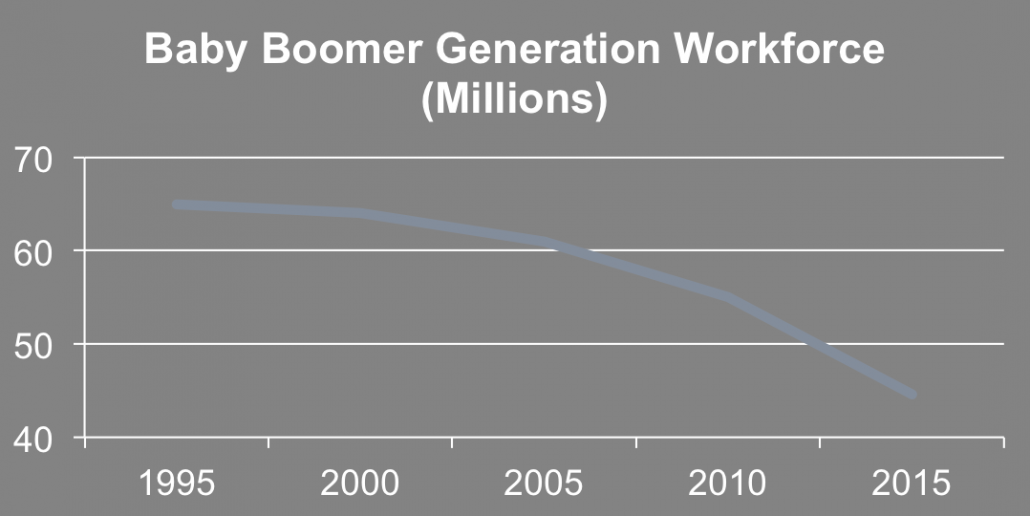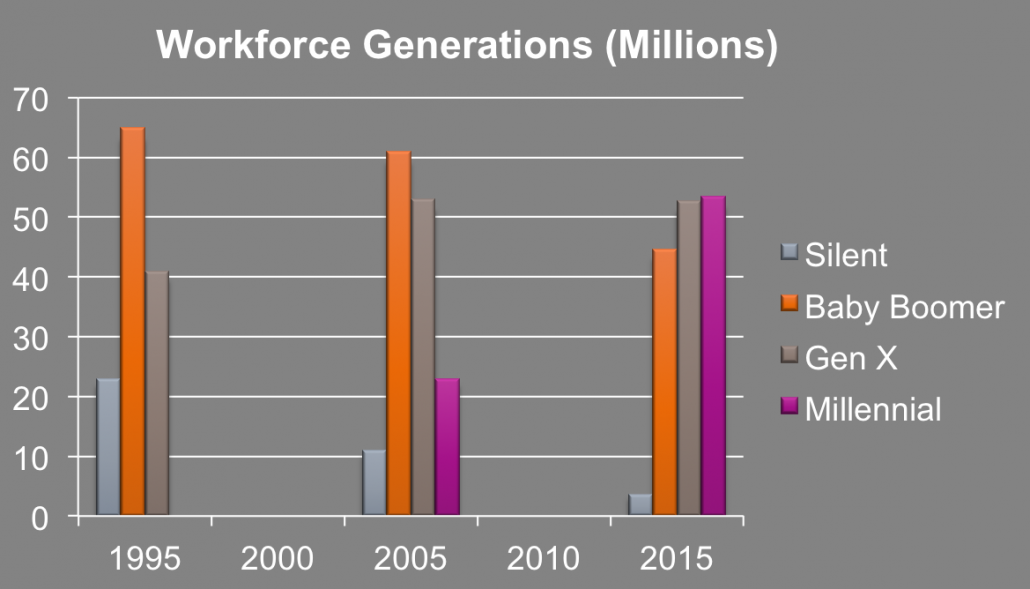Talent As A Critical Resource
The following blog post is adapted from a speech given by Harlan Schafir at the Collective Alternative Executive Speaker Series on September 17, 2015.
Many organizations are growing, and so is their need for talent. The problem that many employers are beginning to face is in finding and retaining that talent. Today, I’d like to talk about staffing our organizations to meet the demands of growth and turnover–or simply, talent management.
An organization’s growth in this decade and beyond will be determined by how its leaders respond to the challenges associated with talent management. Talent has become and will remain the #1 critical resource for businesses in this decade. And for the foreseeable future, I can think of no issue more threatening to the growth of SMBs than this one.
The following quote I recently read sums it up nicely:
“The changing workforce is influencing the way companies do business, suggesting that workforce stability will be an employer’s competitive edge.”-Roger E. Herman, CSP, CMC
Today’s Workforce
Demographic shifts have placed vital demands on talent. And while the dynamics of the talent market have changed over time, the impact of this change is now upon us in full force.
But if the demographics were changing, how did we not see it before now? Did we fall asleep? Let’s look back over the last 8-10 years, beginning right about the time the recession started.
Through The Great Recession of 2008-2009 and the slow recovery that followed, the vast majority of organizations were trimming their workforce, attempting to do more with less, and trying to just keep their businesses solvent. So the focus for most leaders was on increasing sales–this was the constraint to growth.
The Workforce and Hiring Since The Recession
| Year | Business Climate | Millennial Workforce | Hiring Needs | Hiring Concern |
| 2007-2009 | Sales Declining | 22% | Layoffs | None |
| 2010-2014 | Sales Flat, Modest | Steady Increase | Slight Increase | Low |
| 2014-2015 | Sales Growing | Significant increase | Significant Increase | High |
At that time, Millennials were entering the workforce, but studies showed that many were just taking jobs to have jobs. Although their percentage of the workforce was slowly increasing, hiring was stagnant. So many organizations hired one, maybe two Millennials and that was it. There simply was not enough hiring taking place for Millennials to make their mark on organizations, and so the dynamics in the workplace and how these companies operated really didn’t change.
It was only recently that hiring increased significantly as sales have continued to grow and show stability following the recession and slow recovery.
And as companies go to the market to hire, the makeup of the talent pool has changed significantly since before the recession.
A New Generation
Through the recession, the Baby Boomer generation continued its reign as the largest generation represented in the workforce, but many left the workforce in the years immediately following it.
In the first quarter of 2015, the Millennial Generation became the largest percentage of workers in the U.S. labor force (Pew Research Center).
That’s important because that reality essentially flips the labor market on its head within the span of a decade. Think about it.
Today, in a recovered economy–which really only took hold in early 2014–sales are up, companies are growing, and hiring is increasing. Instead of adding one or two Millennials to the payroll, they’re adding several. Suddenly, this new generation of workers accounts for a larger percent of the organization’s workforce. By 2020, the Millennial Generation will represent nearly 50% of all workers in the U.S. (SHRM).
Now the unique needs, values, and skills of these new workers must be fully considered. Their impact on an organization’s culture must be considered. To ignore them is to lose them, and to lose them is to incur the costs of rehiring.
Times they are a changin’. Talent has become and will remain the #1 critical resource for businesses in this decade. And for organizations to succeed, I believe leadership style and culture must adapt to address it.
Read Part 2: New Day, New Talent, New Culture
ExactHire provides hiring and employee onboarding solutions to assist organizations in attracting, hiring, and retaining talent. To learn more about how you can leverage our SaaS solutions to optimize your talent management efforts, contact us today!
Feature Image Credit: Oklahoma Pumpjack by Jonathan C. Wheeler (contact)












